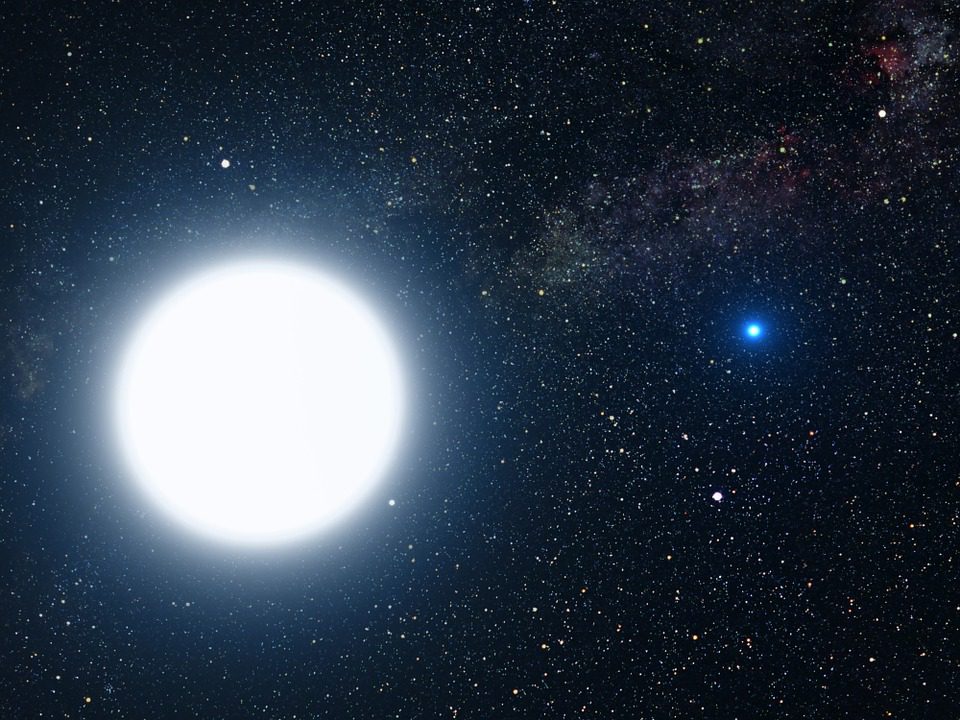In 2020, a team coordinated by the European Southern Observatory (ESO) scientists announced the discovery of the nearest black hole to Earth, found in the HR 6819 system at a distance of only 1,000 light-years. However, other scientists, notably an international team located at KU Leuven in Belgium, challenged their findings. These two teams recently collaborated to declare that HR 6819 does not contain a black hole but rather a “vampire” two-star configuration at an uncommon and brief stage of its development.
Researchers were seeking circumstances that were really straightforward, somewhat distinct, and readily recognizable with the correct equipment.
They suggested that the system had two sources of light; the issue was whether they orbited near together, like in the stripped-star hypothesis, or were far apart, like in the black hole situation.
Thus far, the best explanation is that we saw this binary system just until one of the stars swallowed the atmosphere from its partner star. This is a typical occurrence in near binary systems and is occasionally characterized in the press as ‘stellar vampirism.’ Whilst the donor star’s material was being taken away, the receiver star started to rotate more quickly.
Detecting such a post-interaction stage is very challenging due to its brief duration. This renders the discovery of HR 6819 all the more interesting since it provides an ideal target for studying how this vampirism influences the development of massive stars and, in time, the production of their related phenomena like gravitational waves and dramatic supernova explosions.
Due to the characteristics of stellar-mass black holes, they remain very mysterious. However, estimations of the order of magnitude imply that the Milky Way alone contains tens, even hundreds of millions of such black holes. It is just a question of time until they are discovered by researchers.
The study was published in Astronomy & Astrophysics.












Leave a Reply